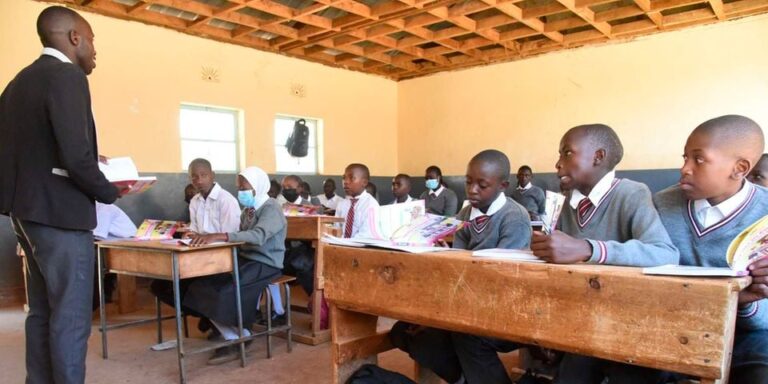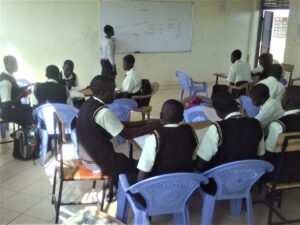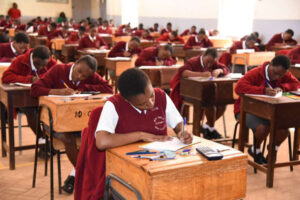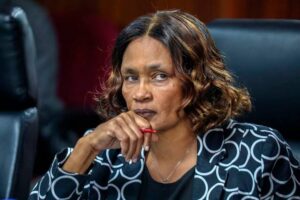Learn how Kenya’s Ministry of Education is using AI and digital innovation to place Grade 9 students fairly in senior schools under the CBC system.
The Ministry of Education has unveiled a new digital placement model to guide the transition of 1.13 million Grade 9 learners to senior schools in January 2026. This initiative, powered by Artificial Intelligence (AI), seeks to ensure fairness, inclusivity, and equal access to quality education across Kenya.
Placement will depend on career pathways chosen by learners — STEM, Social Sciences, or Arts & Sports — and their performance in the Kenya Junior School Education Assessment (KJSEA).
PS Prof Julius Bitok revealed that the AI-powered system will automatically match students to schools based on performance, pathway preference, and regional balance. “The goal is fairness, cohesion, and equity,” he said.
To enhance transparency, the Ministry will open a one-week revision window allowing learners to review their school choices once KJSEA results are released — similar to the Kenya Universities and Colleges Central Placement Service (KUCCPS) model.
Cluster One schools (national schools) will remain the most competitive, while Cluster Two (extra-county) and Cluster Three (county schools) will host additional learners based on availability.
With 2.4 million spaces available and increased investment in laboratories, the government says all learners will transition smoothly.






